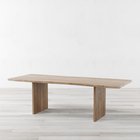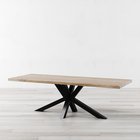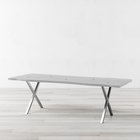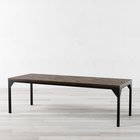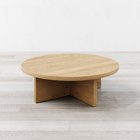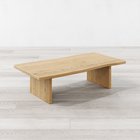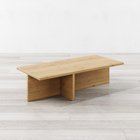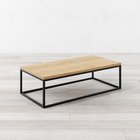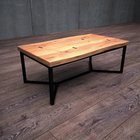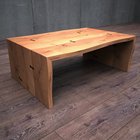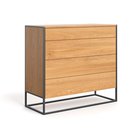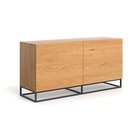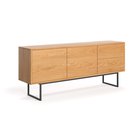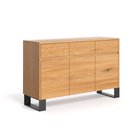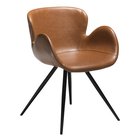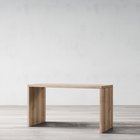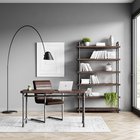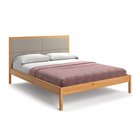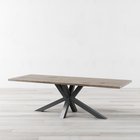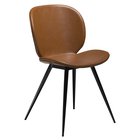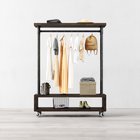Bed bugs are a common pest problem in many homes. These small, flat, oval-shaped insects feed on blood, most often when people are sleeping. While they do not transmit disease, their bites can cause irritation, welts, and loss of sleep.
Wood furniture, with its cracks and joints, offers perfect hiding spots for these pests, making bed bug signs on furniture a critical issue to address.Removing an infestation from wood furniture can be difficult, but is possible with diligence and by following some key steps.
This article will provide a thorough understanding of bed bugs in wood and how to identify signs of infestation. It outlines the necessary preparations, tools, and step-by-step removal processes using various treatment methods. With persistence and consistency in following recommendations, you can successfully rid your wood pieces of sleep pest.
Understanding Bed Bugs
They thrive in the hidden nooks of furniture, making bed bugs in the couch or bed bugs in sofa a common problem. Their complex lifecycle, with multiple nymphal stages, allows them to persist and makes how to get rid of bed bugs a challenging question.
How Mattress Invaders Infest Wood Furniture
Night crawler often infest beds first, then spread to cracks, joints, seams, and porous places in nearby furniture. Wood provides excellent harborage sites. Female bed bugs cement eggs in hidden spots, starting the lifecycle again.
Challenging Lifecycle Enables Infestations
A bed bug undergoes incomplete metamorphosis with five nymphal stages. Each bug can lay 200-500 eggs in its 10-month lifespan. Rapid development combined with hiding behavior makes eliminating sleep pest very difficult.
Signs of Bed Bug Infestation in Wood Furniture
Identifying Signs
Look for live or dead mattress invader, tiny black/red stains from crushed bugs, light yellowish shells from hatched eggs, a sweet musty odor, and bite marks on occupants. Dark spots along cracks indicate heavy infestation. Early detection is crucial for effective removal, highlighting the importance of knowing how to remove bed bugs efficiently.
Importance of Early Detection
Catching an infestation early allows for targeted treatment before spreading worsens. Mark sightings on a map to track movement. Inspect weekly in high-risk areas like tufted furniture seams or behind headboards.
Preparing for Bed Bug Removal
Clearing Infested Furniture Area
Clearing the area around infested furniture and gathering tools like vacuum cleaners, steamers, and protective gear is essential. This preparation is the first step in answering how do you get bed bugs out of furniture.
Gather Necessary Removal Tools and Gear
Have on hand: mattress encasements, vacuum with a crevice tool, steamer, plastic bags, diatomaceous earth, essential oils, rubbing alcohol, protective gear like gloves and face mask. Prepare your treatment solutions.
Step-by-Step Removal Process
Thorough Vacuuming
Use a vacuum fitted with a crevice tool to suck up bugs from every seam, joint, crack, and crevice you can access. Concentrate on tufts, folds, edges, undersides, and inside drawers. Seal and dispose of bags immediately.
Hot Steam Treatment
Using a clothing steamer, apply very hot steam directly into cracks and crevices for 30 seconds to kill bed bugs on contact. Take care not to damage the wood finish. Repeat every few days.
Diatomaceous Earth Application
Wearing a face mask, lightly dust diatomaceous earth powder into joints and fabric seams. The sharp particles tear the waxy coatings of night crawlers, causing dehydration and death within 48 hours. Gently rub it in for maximum effectiveness.
Isolate Items with Encasements
Cover infested mattresses and upholstered items with sleep pest-proof encasements for 12-18 months until the infestation is gone. The clear vinyl isolates pests inside without spraying harmful chemicals. Starve them by checking encasements regularly for holes or tears.
Natural Remedies and Solutions
Essential Oils Treatment
Apply a diluted essential oil like tea tree, lavender, or eucalyptus oil onto wooden cracks or tufted seams using a small brush. These oils kill bed bugs on contact. Conduct spot tests first.
Heating Items to 120°F
Using electric heaters or household devices, slowly raise ambient temperatures around small wooden items to 120°F for at least 90 minutes. High heat kills all night crawlers stages without damage. Larger wooden furniture may require professional equipment for safe heat treatment.
Freezing Small Wooden Items
Seal smaller infested items like picture frames in plastic bags and place them in below 0°F conditions for four days to freeze bed bugs to death. Remove items and leave them outside overnight before bringing them indoors.
Chemical Treatments
Using Insecticides
For severe infestations, apply labeled insecticides containing active ingredients like Aprehend or Crossfire into cracks and crevices, strictly according to packaging directions. Ensure proper dwelling ventilation post-treatment.
Safety Precautions
Always wear protective equipment during chemical treatments. Never spray insecticides directly onto furniture surfaces to prevent staining or damage. Prevent inhaling dusty residues. Follow all label safety directions.
Preventive Measures
Tips for Prevention
Fill cracks in furniture with caulk, install bed bug interceptor plates under furniture legs, apply repellant crystals like diatomaceous earth along baseboards, and cover mattresses and pads with encasements.
Regular Inspection and Maintenance
Establish a habit of regular inspection and cleaning of infested and high-risk furniture. Catching re-infestation early makes elimination easier before populations multiply. Maintain thoroughness to keep bed bugs away.
Professional Extermination
Pros of Hiring an Exterminator
Professional exterminators employ techniques and commercial-grade products not available to consumers, such as steam machines, residual pesticides, or fumigation. Technicians are experts at finding all bugs in complex furniture.
What to Expect from Pros
A certified bed bug technician will conduct an on-site assessment, recommend the best treatment method(s) for furniture, document the extent of infestation for management reports, handle preparations properly, apply solutions precisely into impacted areas, and follow up minimally once to confirm resolution. Expect 1-4 visits.
Closing Thoughts
By promptly addressing the first signs of infestation and employing a mix of mechanical removal, natural pesticides like essential oils or diatomaceous earth, heat or cold treatments, and sealing entry points, you can effectively rid wood furniture bugs through diligent pest management. Stay vigilant and disciplined to prevent reinfestation, ensuring long-term pest-free living. Tackling bed bug issues proactively and patiently safeguards your well-being and living spaces from these tenacious pests.

